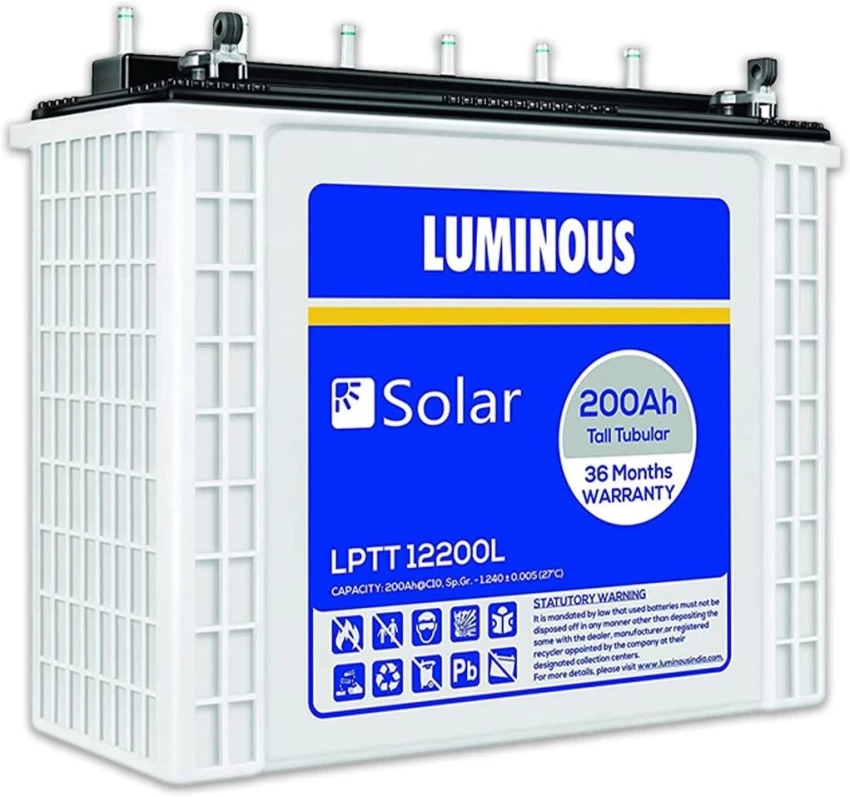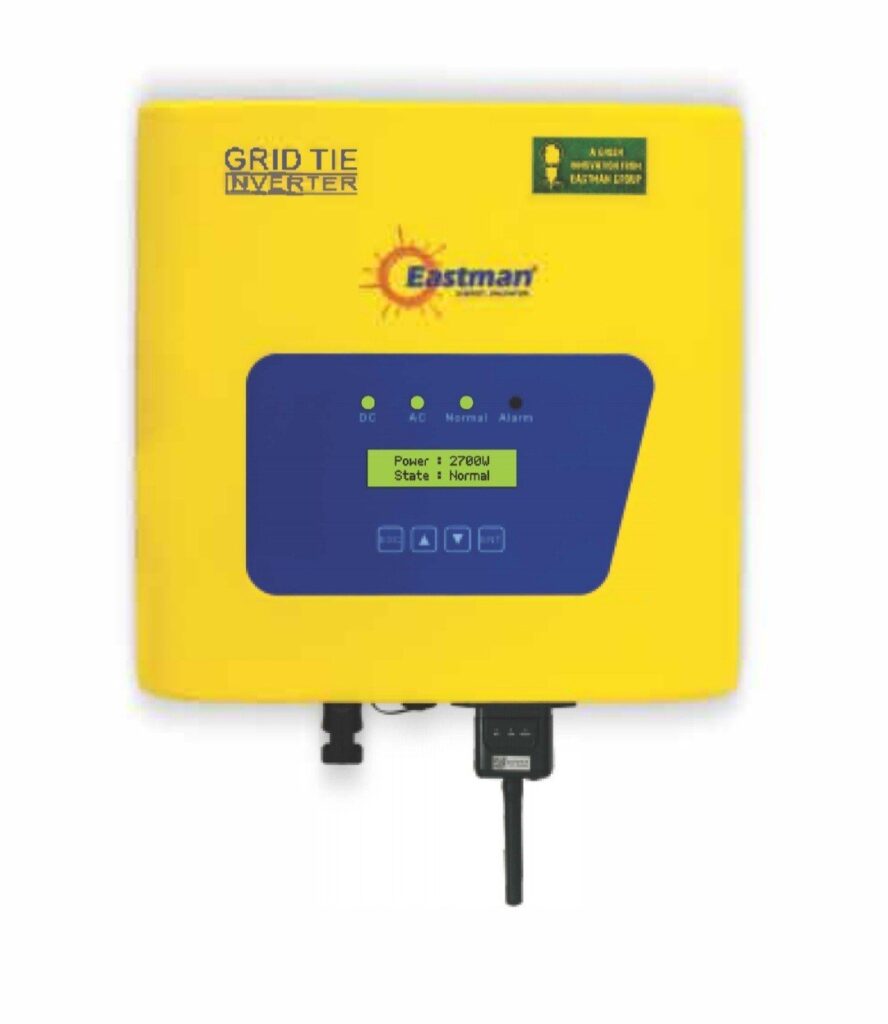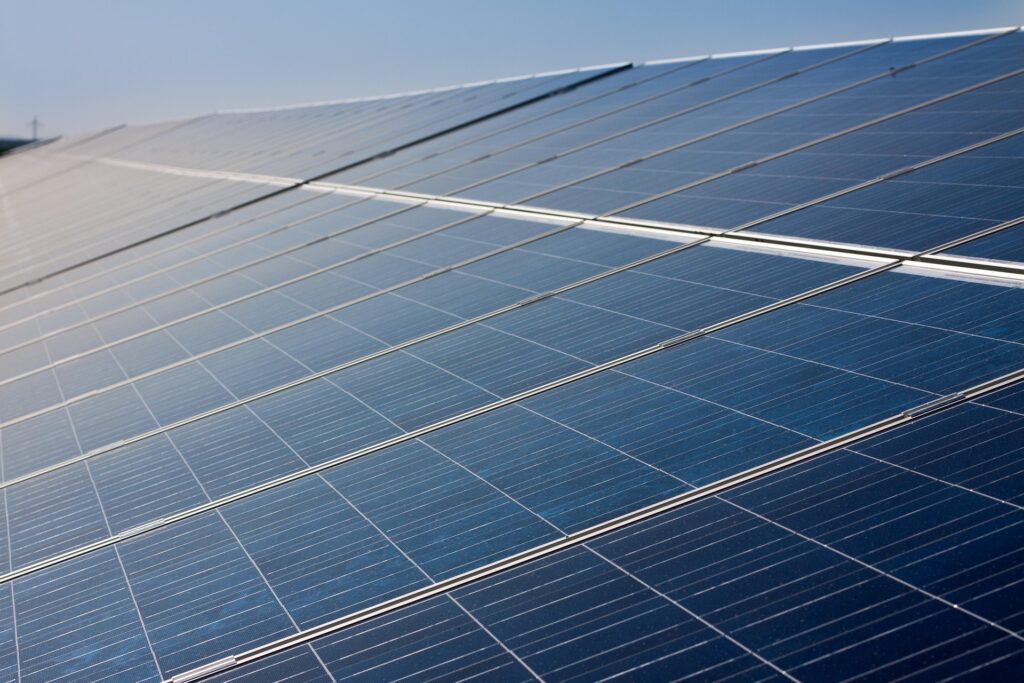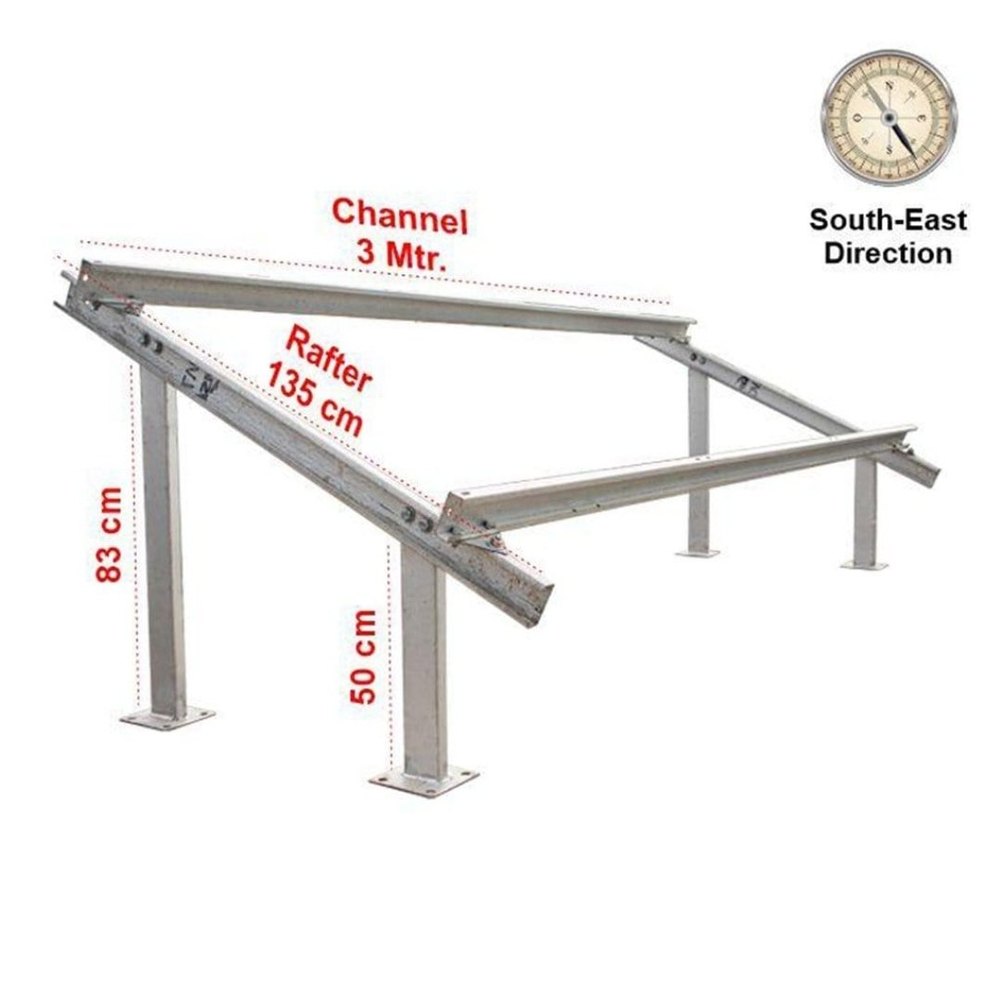Table of Contents
Toggle"SOLAR ENERGY IS THE NUMBER 1 WAY OF CLEAN AND GREEN ENERGY"
We get Solar energy from Sun in the form of Sun light. The temperature of Son’s core is around 15 million degrees centigrade. Due to this high-temperature protons of hydrogen atoms forcefully collide with each other in the sun’s core, this process is called nuclear fusion. Because of this atomic fusion, lots of energy is generated in the sun’s core, called Solar Energy.
What Is Solar Power Energy?
Solar panels’ photovoltaic cells absorb sunlight and convert it into electricity, which is called solar power. Solar panels generate DC. When this DC passes through the solar inverter, it converts into an AC. This AC is used to run home appliances such as ACs, TVs, fridges, induction, and so on
Types Of Solar Energy
The five main types of solar energy: –
- Photovoltaic solar energy
- Solar thermal energy
- Concentrated solar energy
- Passive solar energy
- Building-integrated photovoltaics
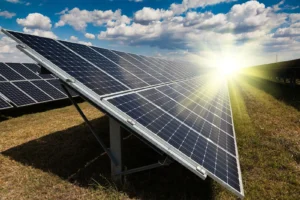
Benefits of Solar Energy
Reduce electricity cost- In the ON Grid solar system excess energy is transferred to your local grid or a shortage of energy can be fed into the local grid through net metering. Excess power transferred to the grid cut their electricity costs and receives credits from the government. https://qrcgroup.co.in/solar-system.html
- Environment-friendly- This is eco-friendly and has no pollution.
- Low maintenance cost – This technique is based on one-time investment. We will pay one-time installation cost and get 25- 30 years of benefits in our electricity cost.
- Government gives subsidy for solar installation- The government gives a 30-75% subsidy on the various types of solar system installation at your place.
Types of Solar System We Install
- ON Grid Solar system
- Off Grid Solar System
- Solar Submersible Pump
- Solar Heater
- Solar Flour Mill
- Hybrid Solar System

ON Grid Solar System
An on-grid solar system, also known as a Grid-interactive solar and Grid-integrated solar system. On-grid means your solar system is tied to your public electricity grid. This is a popular choice for clients who want to save natural resources and get rid of heavy electricity bills. In this excess energy is transferred to your local grid or a shortage of energy can be fed into the local grid through net metering. Excess power transferred to the grid cuts their electricity costs and receives credits from the government. They are battery-free. https://qrcpowerinfra.com/on-grid-solar-system/
Off-Grid Solar System
As we see day by day our consumption of electricity and their costs increase because the process of electricity production is costly then transferring it into cities and villages is expensive. The world looks to renewable energy sources to fulfill its energy needs. Let us introduce solar energy where we convert sun energy into electricity. A solar system is a setup that uses solar energy to produce electricity with the help of solar panels, inverters, mounting structures, and batteries to store excess produce electricity. An off-grid solar system uses batteries to store excess produce electricity. A solar system can be a minimum of 1 KW in size and maximum as per client requirements. https://qrcpowerinfra.com/off-grid-solar/system/
Solar Submersible Pump
Solar water pumps use solar energy to operate. Solar energy is used to operate the solar-submersible pump. It has a solar charge controller (MPPT), a solar panel array, electrical connections, a breaker/fuse box, a DC water pump, and a water storage tank. The solar-powered pump is a wonderful technology that may provide isolated locations. We can say it is an economic technology and people may prefer it for forming because it is beneficial for both the economic and environmental way. https://qrcpowerinfra.com/solar-pump/
Solar Water Heater
Solar water heater is a system in which solar energy is used to generate hot water. A solar collector is attached to a water storage tank that is placed on the top of the building. Through this system, the normal water can be heated directly by being circulated from the tank through the collector or by a high-capacity heat-exchange fluid that has been warmed in the collector and transfers its heat through tubes in the water in the tank. https://qrcpowerinfra.com/solar-water-heater/
Solar Flour Mill
A Solar Atta Chakki is a type of flour mill that runs on solar energy. It is designed to grind grains and convert it into flour using the power of the sunlight, solar flour mill is eco-friendly, generate no pollution and cost-effective. This is the best option of traditional electric flour mills. These flour mills are especially popular in those areas or places where electricity supply is unpredictable or expensive. https://qrcpowerinfra.com/solar-flour-mill/
Hybrid Solar System
A hybrid solar system is a combination of both on-grid and off-grid solar systems. It has the benefits of on-grid and as well as off-grid solar system. This system is connected to your local public grid for bifacial transmission(give and take rule) with battery backups which use when the power supply is running out. https://qrcpowerinfra.com/hybrid-solar-system/
Equipment Used In Solar Installation
- Solar panel
- Inverter
- Battery
- Wires and cables
- Electric Meter
- Earthing Rod
- Lighting Arrestor
- MCBs
- ACDB and DCDB
- Connectors
- Solar Panel Stand and so on.

Solar Panel- A solar panel is a photovoltaic cell that is installed on the rooftop top for absorb sunlight. A Solar panel generates approximately. 530 watts to 580 watts of power, depending on the sun’s sunlight frequency. Solar panels generate DC.
Types Of Solar Panel: – There are 7 types of solar panels we use: –
Polycrystalline: – This solar panel was used before few years ago. Their cells are made of silicon melted crystals, and after that, these melted crystals are combined in a square mold. These panels are blue and less efficient. They are technically cheaper and take up more space due to their size.
Monocrystalline: – This is the most efficient and popular type of solar panel these days. These panels are black in color and made from single-crystal silicon with a coating of anti-reflective coating. These are long-life panels and the most popular.
Thin-film: – These are flexible sheets that can wrap around objects; they are thousands of times thinner than the average monocrystalline panel. This panel is made with several layers of solar material: cadmium telluride, copper indium, and gallium selenide. Cause to their thin size, they are mainly used in spacecraft.
Transparent: – These are made with transparent glass and are less efficient.
Solar tiles- Solar tiles produce electricity in as same way as monocrystalline panels and polycrystalline panels. solar tiles are placed in place of roof tiles and convert sunlight into electricity.
Perovskite: – They’re made with perovskite, a synthetic material based on the crystal structure, and are less efficient.
Solar Inverter- The output of a Photovoltaic solar panel is variable DC, but this DC cannot be used directly in our home because our home appliances use alternating current. So we use a solar inverter that converts DC into AC, which is supplied to our home.
Types Of Solar Inverters: – There are 3 types of solar inverters we use.
- On-Grid Solar Inverter: This is used in an on-grid solar system.
- Off-Grid Solar Inverter: This is used in off-grid solar systems.
- Hybrid Solar Inverter: This is used in the Hybrid Solar system.
Solar Battery- A battery is commonly used in off-grid solar systems where energy storage is required.
Types of Solar Battery: – There are 4 types of solar batteries we use.
LEAD ACID BATTERY: – These batteries are not the most popular today; we use them only clients’ demand.
LITHIUM-ION BATTERY: – The biggest advantage of lithium-ion batteries is their higher energy density. High energy density means they can store more power per cubic inch of space than other batteries. We commonly use these batteries.
NICKEL-BASED BATTERY: – Not used.
FLOW BATTERY: – Not used.
Wires and Cables- Wires and Cables are used to circulate generated electricity in the entire house.
Electric Meter- An Electric meter is used for net metering, where it calculates how much energy is transferred to the local grid (when generated energy is higher than the consumption) and how much energy is taken from the local grid (when generated energy is less than the consumption)
Earthing Rod- The Earthing rod protects us from electrocution if there is any fault in the distribution system.
Lighting Arrestor- A lighting arrestor helps to protect our solar system from high voltage, it transfers high voltage to ground.
MCBs- MCBs monitor current flow from the circuit and protect the circuit from damage. If the current exceeds the trip unit of the MCB, it is triggered, and the flow of electricity is interrupted. Due to this trip-down process, MCB protects our home from damage.
ACDB and DCDB- ACDB and DCDB boxes are used for safe electricity use because they work as circuit breakers when excess energy or excess power flows through the electric wires and distribution board. ACDB stands for Alternating Current Distribution Box. DCDB stands for Direct Current Distribution Box.
Connectors- Connectors are used for the connection between panels.
Solar Panel Stand- A solar panel stand, on which a solar panel is mounted, is the solar panel mounting framework. The solar panel stand is made of high-quality aluminum channels that are rust-proof. Solar panel stand is always mounted in the right direction, that is, southeast, and always tilted at 15 to 25 degrees. your solar power plant must produce its full potential.
How To Install Solar At Our Place
- First, you need to know your electricity consumption load.
- Contact your local area Solar Vendor or Certified Solar Vendor, or Installer.
- Get the rooftop inspected.
- Ask the installer to apply for a subsidy.
- Expense Cost and Subsidy on Solar: – The cost of Solar depends on the load, which means how much load is required for your place. The government gives a 40-70% subsidy on your residential solar installation.
- The cost of Solar depends on the load means how much load is required for your place. The government gives a 40-70% subsidy on your solar at-home installation. https://qrcpowerinfra.com/contact-us/
